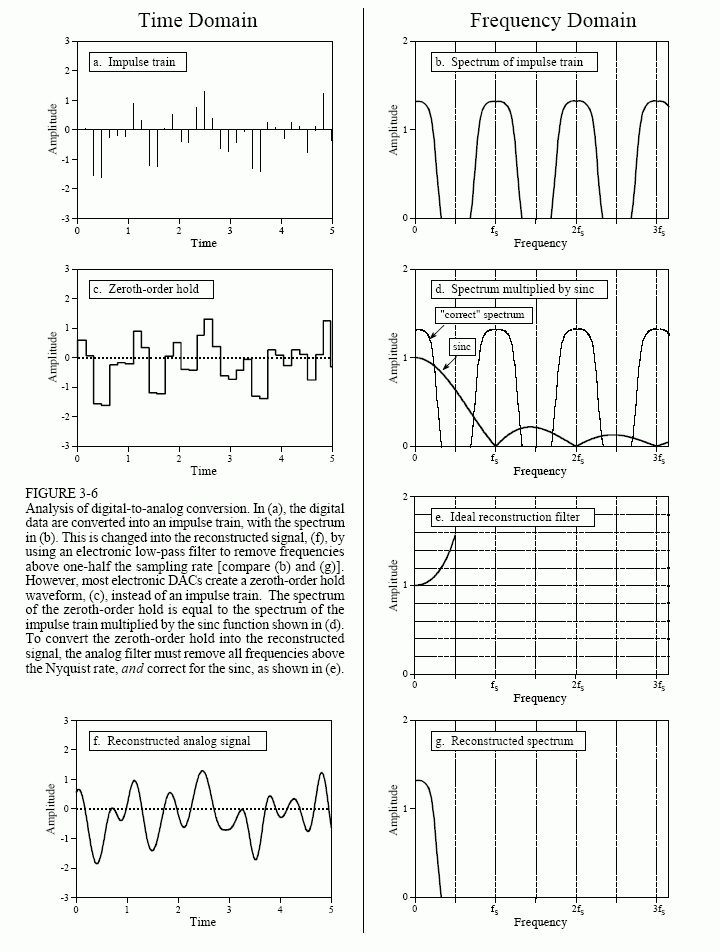33AndAThird
Member
- Joined
- Dec 30, 2023
- Messages
- 14
- Likes
- 7
Hi ASR,
I watched Amir's video on clipping which was very interesting. There was a penny-drop moment when Amir described how a 12KHz square wave is effectively a 12KHz sine wave with odd harmonics added at decreasing amplitudes, and that if you apply a low-pass filter you get a pure sine wave. I recognised that this is effectively what a reconstruction filter does to a DAC's stepped output to smooth it back into the original signal.
I later read this article by Archimago on DAC filters comparing filtered vs non-filtered DACs.

 archimago.blogspot.com
archimago.blogspot.com
Archimago shows the stepped output of a DAC without a reconstruction filter and asks how that signal could be considered to be anything but artificial.
"Since when did jagged edged reproduction of digital become anything but "artificial"!? "
Is this not a bit disingenuous? In practice do we still not hear the smoothed waveform? I have the following questions:
Thanks
I watched Amir's video on clipping which was very interesting. There was a penny-drop moment when Amir described how a 12KHz square wave is effectively a 12KHz sine wave with odd harmonics added at decreasing amplitudes, and that if you apply a low-pass filter you get a pure sine wave. I recognised that this is effectively what a reconstruction filter does to a DAC's stepped output to smooth it back into the original signal.
I later read this article by Archimago on DAC filters comparing filtered vs non-filtered DACs.

NOS vs. Digital Filtering DACs: Exploring filtering turned off, implications, fidelity and subjective audibility. (Recent BorderPatrol DAC chatter...)
A blog for audiophiles about more objective topics. Measurements of audio gear. Reasonable, realistic, no snakeoil assessment of sound, and equipment.
Archimago shows the stepped output of a DAC without a reconstruction filter and asks how that signal could be considered to be anything but artificial.
"Since when did jagged edged reproduction of digital become anything but "artificial"!? "
Is this not a bit disingenuous? In practice do we still not hear the smoothed waveform? I have the following questions:
- Given our audio reproduction chain beyond the DAC (amp, speakers) likely can't reproduce anything above 20-30KHz, does this not provide filtering by default, largely restoring that waveform to its more recognisable smoothed representation? Put another way, if we play Amir's 12KHz square wave would the physical wave reproduced by the amp & speakers not be a 12KHz sine wave?
- Even if we had an a reproduction chain capable of 1000KHz, wouldn't our ears not also provide a natural filter to the sound at 20KHz? Ie. would we not perceive the 12KHz sine wave rather than the square wave?
- Is it not the ultrasonic harmonics that effectively reduce the ampliture of that 20KHz signal? If so and assuming the above two propositions are true, then our reproduction equipment and our ears provide filters to the sound and the ultra harmonics will be filtered out, effectively restoring the signal to its full amplitude. Put another way; is it true that our perception of that sound would not be 3db down at all as the ultrasonics are filtered by our equipment/ears anyway?
Thanks


